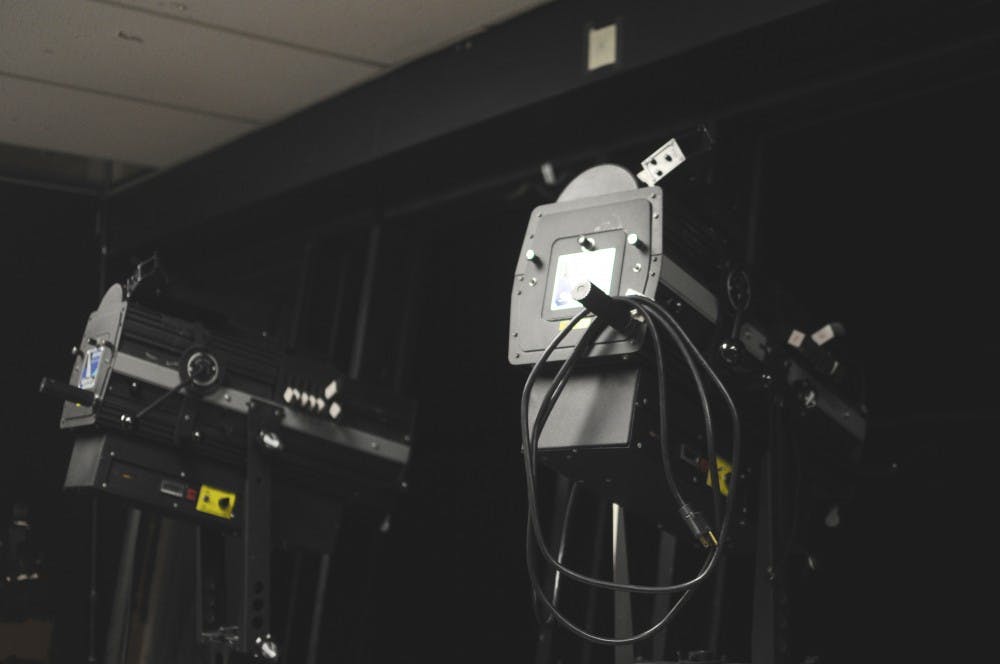If there’s curiosity about any topic, there’s probably a documentary out there ready to give an answer. However, like a work of art or piece of writing, there’s more to documentaries than the finished product.
“There is no one kind of documentary,” said Hollie Lavenstein, associate professor of media studies.
She said a documentary can be thought of as a visual essay that claims the truth, can be fact-checked and, in general, is a mode of reflection about a subject.
“There are as many different styles to documentary as there are genres or categories to documentaries,” Lavenstein said.
Lavenstein said some broad subject genres can be history, nature or sports.
She said some stylistic genres include re-enactments, voiceovers, interviewing and observational or cinema verite, which is when the filmmaker does not intend to interview the subjects but rather, allows the subject and the nature to reveal itself overtime.
The creation of documentaries generally starts with an idea the filmmakers have, Lavenstein said. This is sometimes through a spark of inspiration or sometimes from an assignment given. From there, a research process and a point of view of a topic for the documentary begin to form.
The filming and editing process can morph the film until what will be the final work is formed, Lavenstein said.
“It’s so varied, which is the wonderful thing about it,” she said. “It’s like an essay. What form should an essay take? It should take the form it needs to take to convey the ideas and the point of view of the writer — the ideas they want to convey.”
Lavenstein said documentaries have a certain flexibility to them.
Hayden Parks, freshman in media studies, said one of his favorite documentaries is “Fyre Fraud,” a documentar about the music festival that was widely publicized, but ultimately, turned out to be a scam.
“It’s this really interesting documentary about how this guy was a scam artist all the way through and the experiences people had to go through during this music festival,” Parks said.
Parks said the documentary used the stylistic approaches of interviews and voiceovers that added to the topic’s point of view.
“There were a lot of interviews with various people involved, various experts about what happened,” Parks said. “It was cool to see an inside view and an outside view through the interviews.”
Lavenstein said it is the content that determines the style.
“Sometimes when we are talking about the art of documentaries, we are talking about a stylistic approach that the documentary filmmaker selects because it will be most expressive of the content they are interested in exploring,” Lavenstein said.
The art of a documentary is about how the filmmaker frames the subject, what they choose to show in the frame and how they edit the film including how they arrange the ideas in the film, she said.
The editing process is the shaping of documentaries and how it is shaped can have a big impact on what the audience takes away from the film, Lavenstein said. It depends on the topic and what point of view the filmmaker hopes the viewer obtains from the documentary.
Do you like this story? The Plainsman doesn't accept money from tuition or student fees, and we don't charge a subscription fee. But you can donate to support The Plainsman.

Abigail Murphy, senior in journalism with minors in history and women and gender studies, is the operations managing editor at The Auburn Plainsman.





